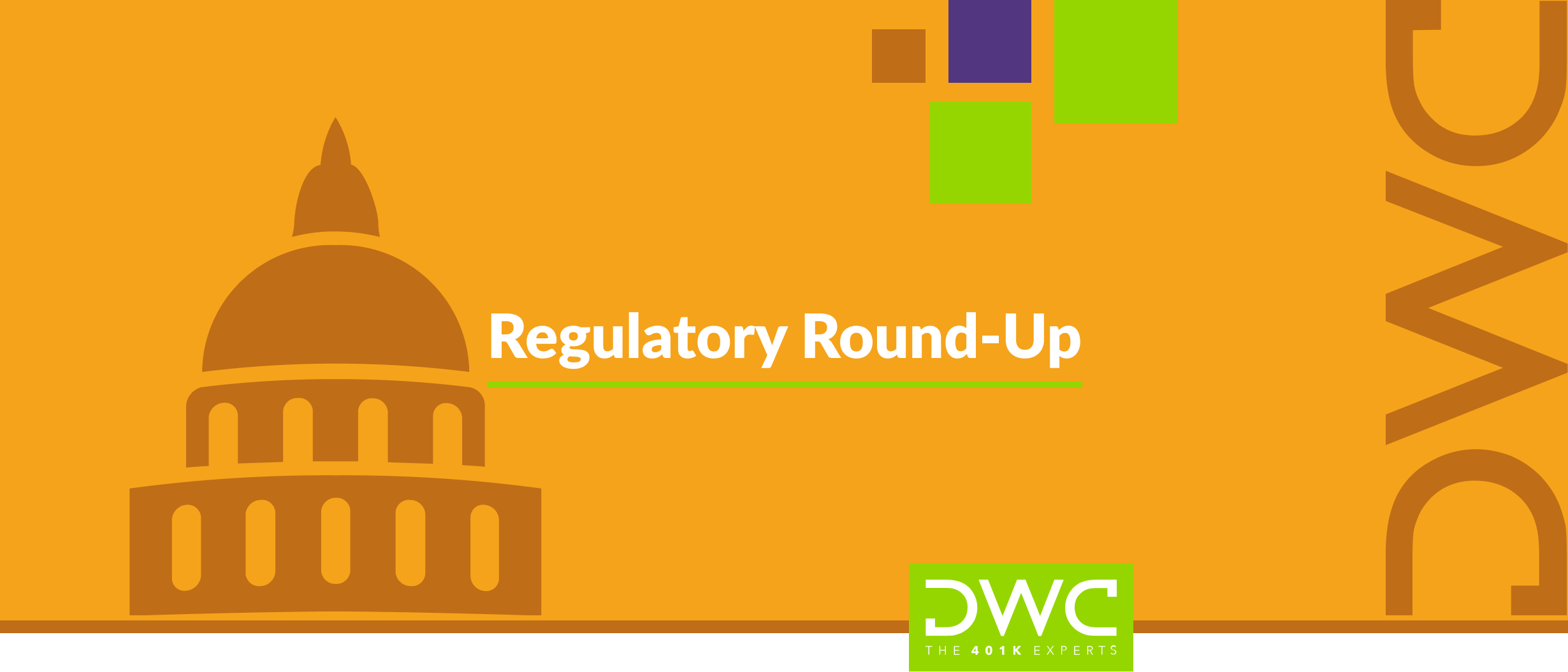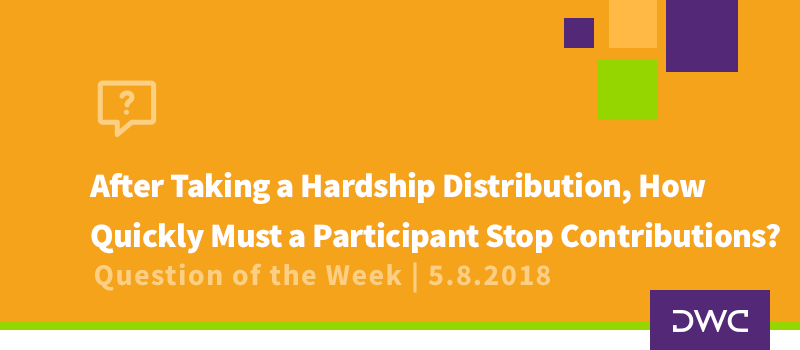Decoding the Alphabet Soup: What’s With All the Acronyms | Part 5
The fact that we are up to our fifth episode of Fun With Acronyms (with a sixth already in the queue) is telling of just how ridiculous all this geek-speak really is. Then again, we have FOMO, YOLO, NSFW and TL;DR (just to name a few) – so maybe it’s not just this industry.
Either way, here are a few new random retirement plan acronyms to add to your repertoire.
ESG
What It Means: Environmental, Social, Governance
How To Pronounce It: E-S-G
What It Is: This is an investment philosophy that takes into account environmental, social and governance factors when making investment-related decisions. It transcends just 401(k) plans and is a philosophy across the investment spectrum. A couple of examples might include investing in companies (or funds) associated with green energy or avoiding those with an unusually large carbon footprint. The “social” part of it could include anything from diversity in hiring to products a company produces (firearms, tobacco, etc.) – either for or against. As you might suspect, there are opinions – again, both for and against – as to whether ESG should even be a thing. Want to know a bit more, check out this post.
QSLOB
What It Means: Qualified Separate Lines of Business
How To Pronounce It: Q-Slob
What It Is: Another DWC favorite, just because it sounds funny. This is a set of rules that allow larger organizations with different subsidiaries, profit centers, etc. - separate lines of business – to run certain of the annually required nondiscrimination tests for each SLOB on a stand-alone basis rather than all together. There are a number of requirements that apply in order for SLOBs to be qualified SLOBs (who wants to be an unqualified slob?) that can take advantage of this option. One such requirement is that each line of business must have at least 50 employees, so typically only larger organizations can take advantage of QSLOB testing.
QDIA
What It Means: Qualified Default Investment Alternative
How To Pronounce It: Q-D-I-A, though some say Quidia
What It Is: This one has been around for a while. For years, plan fiduciaries have designated an investment option within the plan that would be the default for participants who didn’t make an affirmative choice on how to invest their accounts. There were questions, though, about how those fiduciaries could ensure the defaults they selected were appropriate and would not make them a target for lawsuits. Enter the QDIA rules. They provide a fiduciary safe harbor when the default investment option meets certain requirements to be a Qualified default. We’ve got you covered with some additional information here.
QACA
What It Means: Qualified Automatic Contribution Arrangement
How To Pronounce It: Quacka (but you have to say it in the voice of Donald Duck)
What It Is: We know you are completely surprised that the Q stands for Qualified…yet again. The QACA combines automatic enrollment and automatic escalation with the features of a safe harbor 401(k) plan. In exchange for automatically enrolling participants (and increasing them over time) and making a minimum match or nonelective contribution, the plan gets a free pass on the annual ADP/ACP tests and top-heavy determination. We explain more of the ins and outs here.
EACA
What It Means: Eligible Automatic Contribution Arrangement
How To Pronounce It: Yaka
What It Is: Yeah, this post is starting to sound like a bad joke…a slob, a duck, and a yak walk into a bar. The EACA is another variation on the automatic enrollment theme. It is a bit stricter in terms of which employees must be covered, but it does offer some additional bells and whistles in return. One is that a participant who forgets to opt out before the first automatic deferrals are withheld has 90 days to stop deferring and request a “permissible withdrawal” of those accidental contributions. Also, if a plan includes EACA provisions, the deadline to avoid the excise tax on corrective refunds from a failed ADP test is 6 months (June 30th for calendar year plans) rather than the regular 2 ½ months.
That’s a wrap on this edition. Tune in next time for more entries that are sure to make you wonder who comes up with this stuff.

















